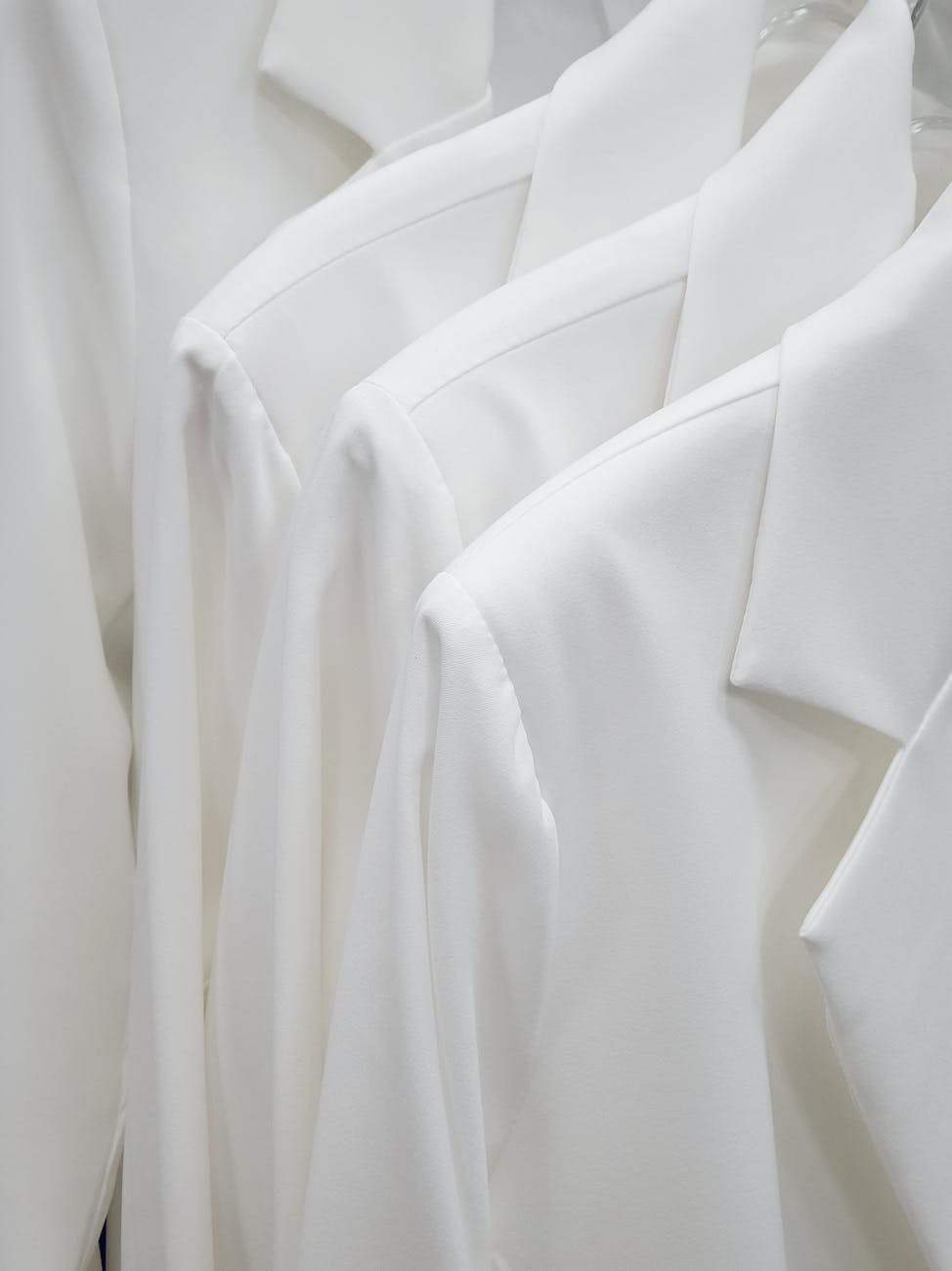Introduction
Building a minimalist wardrobe is more than a trend; it’s a practical strategy to simplify your mornings, reduce decision fatigue, and stretch your closet’s value. This article explains how to move from an overflowing, chaotic wardrobe to a curated collection of pieces that reflect your lifestyle and personal style. You will learn how to audit what you already own, choose a cohesive color palette and reliable silhouettes, form outfit formulas that work every day, and adopt habits that keep your closet lean and functional over time. Each section builds on the previous one so you can begin with a clear plan and end with a dependable routine that saves time, money, and stress.
Define your goals and audit your wardrobe
Start by clarifying why you want a minimalist wardrobe. Are you aiming to save time, travel lighter, look more polished, or reduce spending? Your goals will shape choices about quantity and formality.
- Set criteria: frequency of wear, fit, condition, versatility, emotional value.
- Do a three-step audit:
- Sort everything into keep, maybe, donate/sell, repair.
- Try on doubtful pieces—if it doesn’t fit well or feel like you, move it out.
- Track when you last wore each item (use a simple photo log or calendar for one month).
- Decision rules: If you haven’t worn it in 12 months, it’s likely expendable (exceptions: formalwear, seasonal gear).
Auditing creates the foundation for a purposeful wardrobe by revealing gaps and excesses. Once you know what remains, you can plan a cohesive palette and silhouette strategy.
Choose a core palette and reliable silhouettes
With fewer pieces, every garment must coordinate. A core palette simplifies mixing and matching while silhouettes ensure flattering, consistent outfits.
- Core palette: pick 2–3 neutrals (black, navy, gray, beige), 1–2 secondary neutrals, and 1–2 accent colors. Neutrals create a high-match rate and accents add personality.
- Silhouettes: choose one or two tops shapes (slim button-up, relaxed tee), two bottom shapes (tailored pant, casual denim), a structured outer layer (blazer or coat), and one casual jacket.
- Fabric and care: prefer natural blends or easy-care synthetics depending on climate and laundry options—wool blends for cold, cotton-linen blends for warm, wrinkle-resistant for travel.
Establishing these parameters reduces impulse buys and helps future purchases fit into the existing wardrobe.
Create a functional capsule and outfit formulas
Translate your palette and silhouettes into a small, balanced capsule. Think in combinations rather than individual standout items. Below is a sample guideline for three capsule sizes to match different needs.
| Category | Minimal (20–25 pieces) | Lean (30–35 pieces) | Flexible (40–50 pieces) |
|---|---|---|---|
| Tops | 6–8 | 8–10 | 10–12 |
| Bottoms | 3–4 | 4–6 | 6–8 |
| Outerwear | 2 | 3 | 3–4 |
| Shoes | 3 | 4 | 4–6 |
| Accessories | 2–3 | 3–4 | 4–6 |
Use outfit formulas to reduce decision time. Examples:
- Work: tailored blazer + neutral top + tailored pant + low-heel or loafer.
- Casual: clean tee + denim or chinos + casual jacket + sneakers.
- Evening: dark slim top + tailored bottom + statement accessory + sleek shoe.
- Layering: base layer + mid layer + outer layer—choose consistent proportions for each silhouette.
Plan 10–15 reliable outfit combinations from your capsule. When you have formulas that work, mornings become automatic.
Maintain your routine and shop with intention
Maintaining minimalism requires simple systems, not constant effort. Schedule a seasonal review and small upkeep tasks so the wardrobe keeps working for you.
- Seasonal check: every 3–6 months, reassess wear frequency, fit, and condition. Repair or replace as needed.
- One in, one out rule: for strict minimalists, remove one item for every new one. For moderate approaches, set a yearly budget and targeted wish list.
- Shop with filters: before buying ask: does it match palette? Does it fill a gap? Will I wear it at least 30 times? Consider cost-per-wear.
- Care and storage: use uniform hangers, garment bags for seasonal items, and a small repair kit. Proper care extends garment life and reduces replacements.
- Daily routine tips: pre-plan outfits for the week, keep a go-to outfit for low-energy mornings, and photograph favorite combinations for quick reference.
These habits turn the wardrobe into a low-maintenance system that supports your lifestyle rather than dictating it.
Conclusion
Transitioning to a minimalist wardrobe begins with a clear purpose and a thorough audit. From there, choose a cohesive palette and a few reliable silhouettes so items mix easily. Build a capsule sized for your life and use outfit formulas to remove daily decision fatigue. Finally, keep the system sustainable with seasonal checks, intentional shopping, and simple care routines. Together these steps reduce clutter, save time and money, and make dressing feel easier and more intentional. Minimalism is not about having the least but having the right pieces—well cared for and thoughtfully combined—so your routine becomes simpler and more confident every day.
Image by: Dmitry Alexandrovich
https://www.pexels.com/@dmitry93




